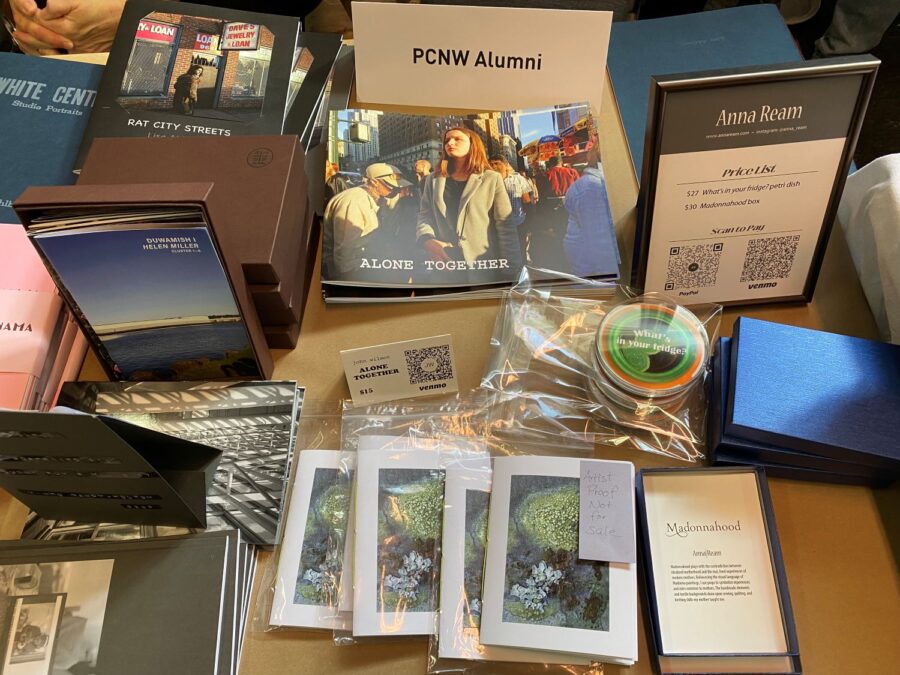
Fall 2024 Alumni News
Image Credit: Lisa Ahlberg, Alumni Table at PCNW Photo Zine & Book Fair 2024 In the News We had great fun at the PCNW Photo
For everyone who’s been moved by an image. Articles, interviews and member showcases, celebrating the art of photography.

Image Credit: Lisa Ahlberg, Alumni Table at PCNW Photo Zine & Book Fair 2024 In the News We had great fun at the PCNW Photo
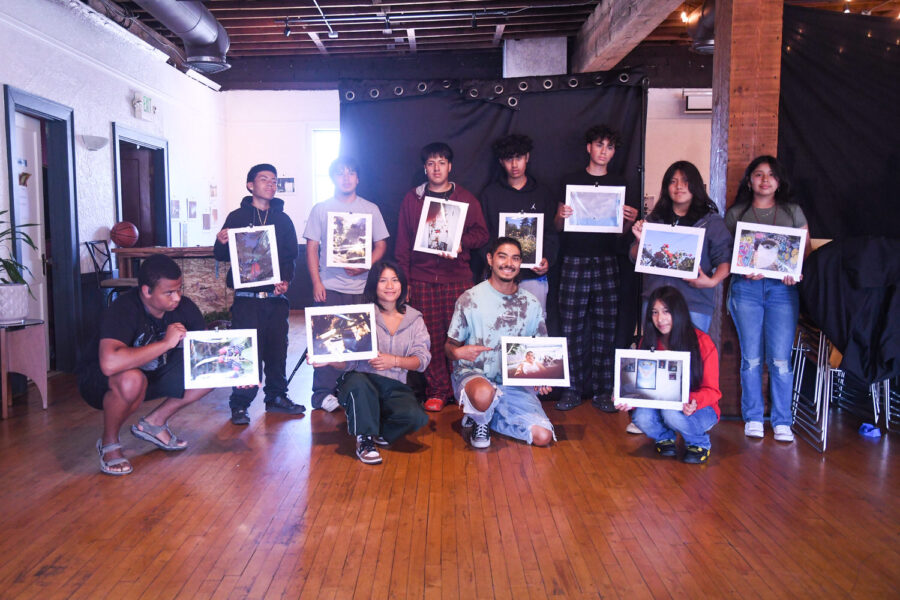
In 2024, PCNW has been proud to continue offering programming as part of our series Photography as an Agent for Change, an ongoing initiative that
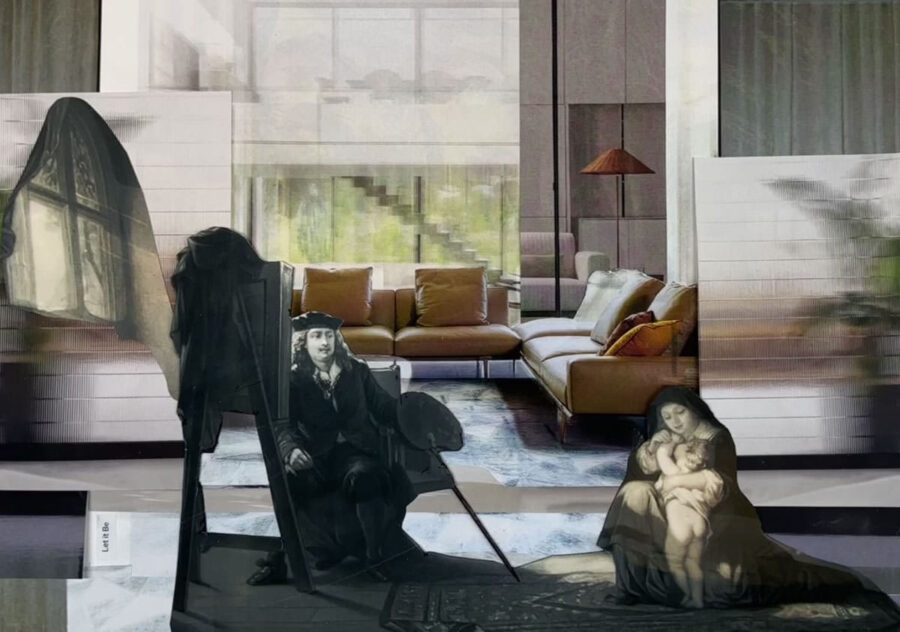
Happy start of fall! We had a busy and sunshine-filled summer quarter here at PCNW, and we are excited to share our member’s work. This

Alumni at PCNW’s Photo Zine & Book Fair by Lisa Ahlberg, grad 2005 Don’t miss the 3rd Annual Photo Zine and Book Fair at PCNW
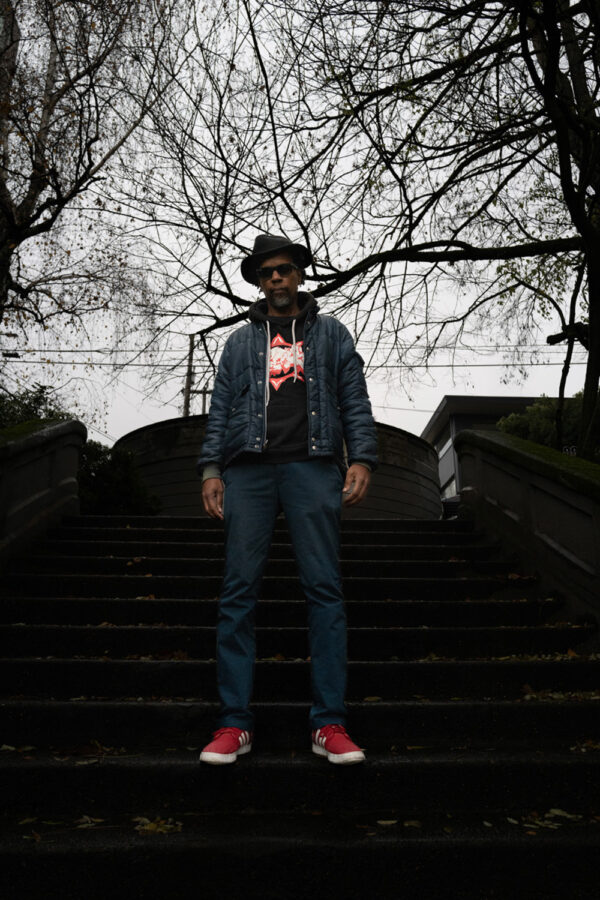
We had an exciting Spring quarter here at PCNW, and our members keep impressing us with the work they shared for our spring quarter Member
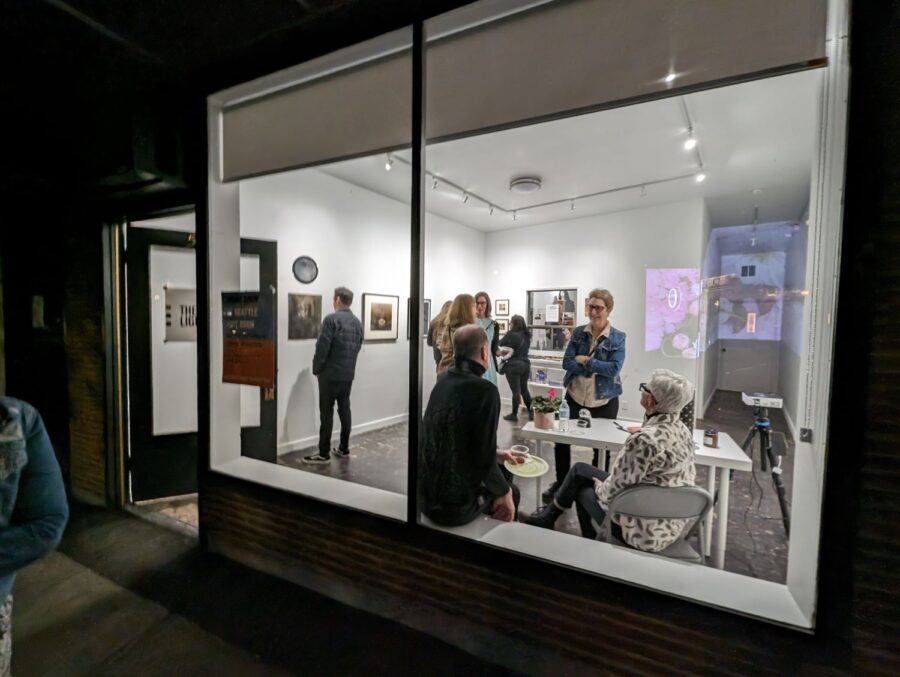
Beyond the Open Call: How to Make Connections, Build Relationships, and Get Your Work in Front of People Who Can Expand Your Practice and Career
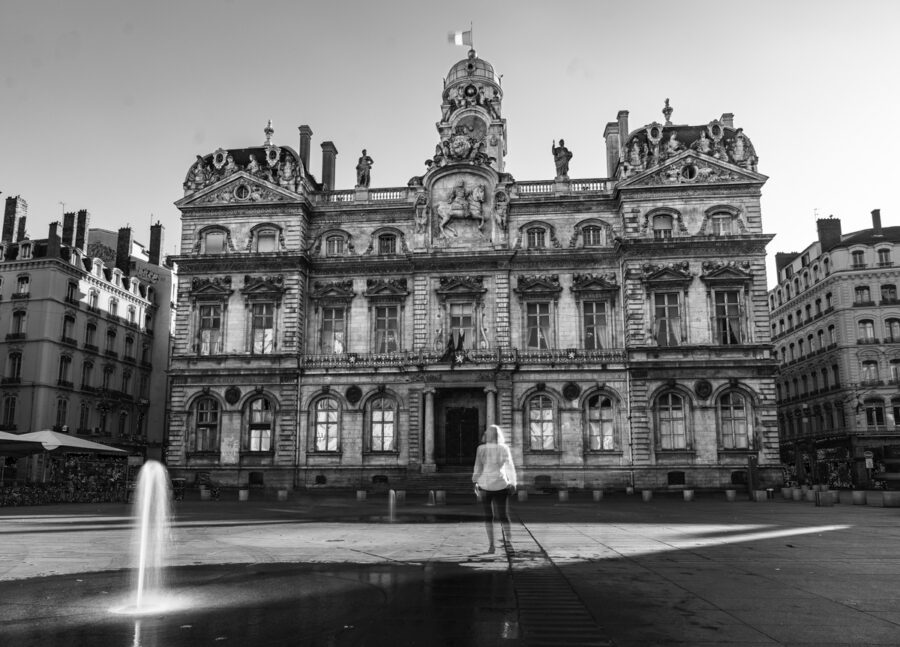
We are excited to relaunch our Member Spotlight this month, and share our winter quarter Member Spotlight selections with you. A big thank you goes
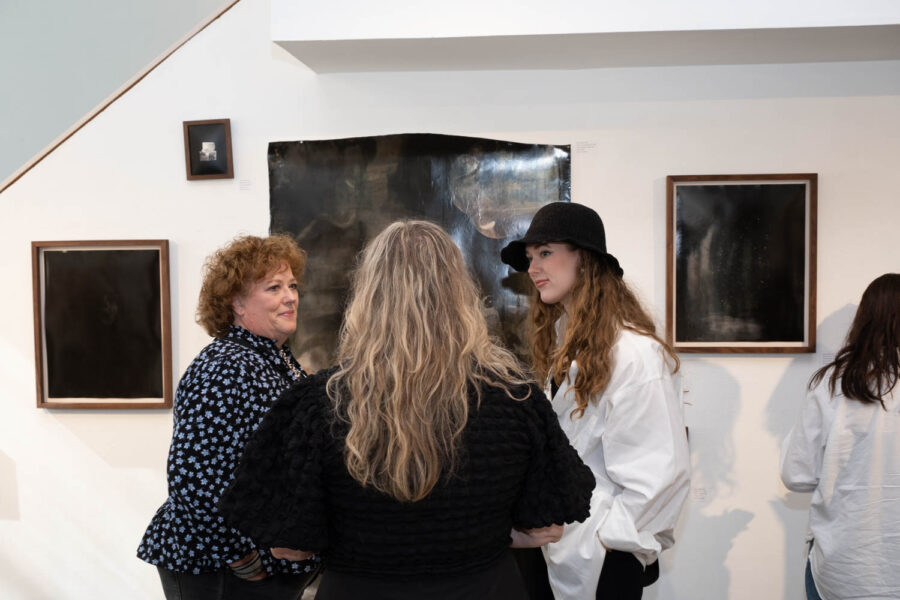
Image Credit: Lilly Everett, from the 2023 Thesis Exhibtion Reception Alumni Association Update What is the Alumni Association and who is a member? The PCNW
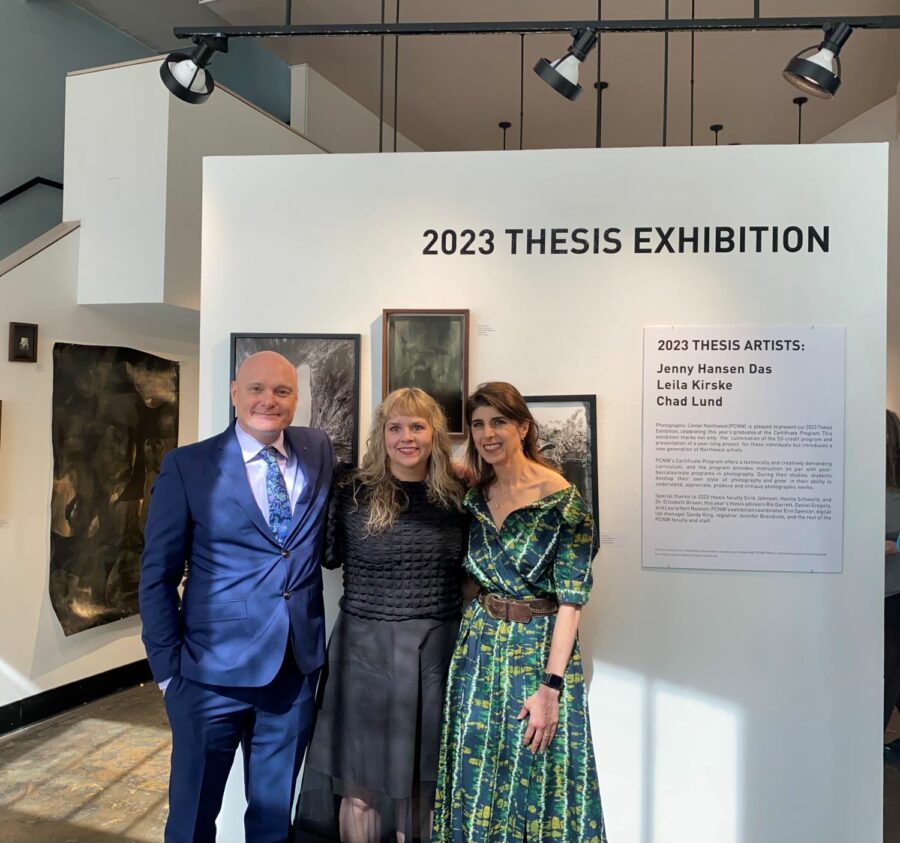
Image Credit: Lilly Everett, 2023 Thesis Graduates Welcome PCNW 2023 Graduates! We are pleased to celebrate the 2023 Thesis Graduates: Chad Lund, Jenny Hansen Das, and
©2024 Photographic Center Northwest. All rights reserved.